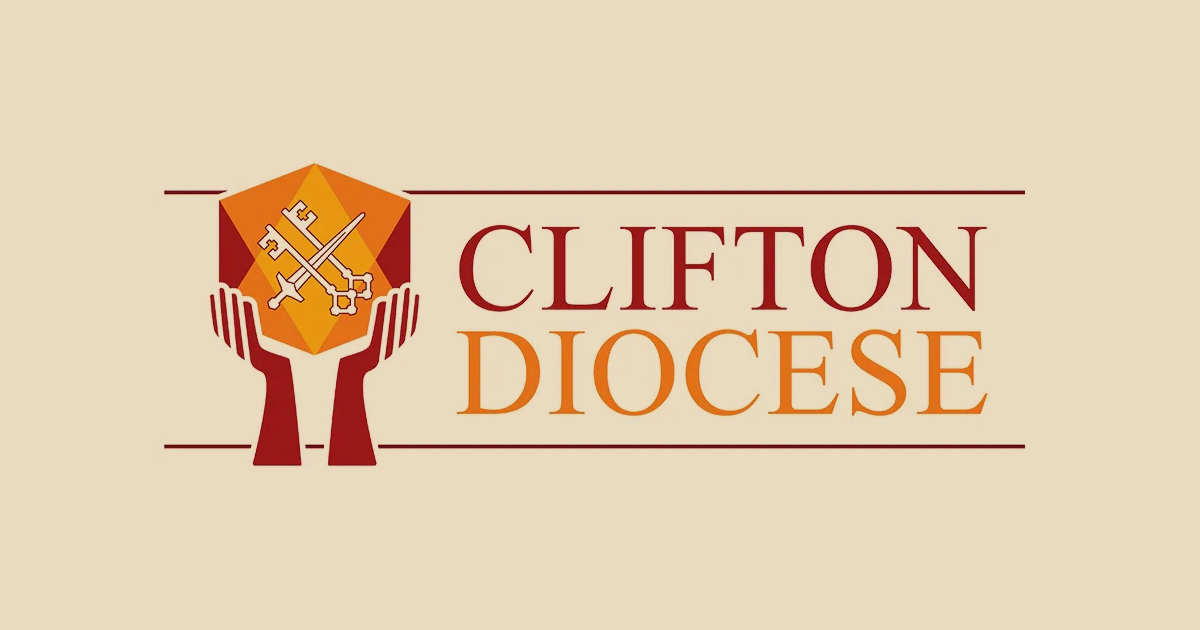The title of Co-Redemptrix has long floated in the waters of Mariology and remains one of the most contested expressions of devotion and doctrine within the Church today.
Its origins, evolution and present status reveal a narrative that spans the early centuries of reflection, the medieval flowering of Marian cults, the modern theological revival, and the recent clarifications from the Magisterium.
As early as the year 180, the Church Father Irenaeus of Lyons referred to Mary as the causa salutis (cause of our salvation) given her fiat, her “let it be” at the Annunciation. From that moment, the seeds of the notion that Mary plays a unique co-operative role with Christ were planted.
In the late Middle Ages, the cult of Mary under the title of Co-Redemptrix reached the height of its diffusion, while the centuries-old theological debate reached its peak in the sixteenth century. In subsequent eras, the theological discussion slowed, with limited new definitions or formal proclamations until the nineteenth and twentieth centuries.
During that modern revival, the contributions of Frederick William Faber and the Mariologist Gabriel Roschini (in his Compendium Mariologiae, 1946) renewed interest. Roschini explained that divine salvation, not being a merely material fact, “also involves a spiritual and permanent union with Christ.”
He held that Mary not only participated in the Incarnation of Christ but, by virtue of the Holy Spirit who brought about the virginal conception and filled her with grace and charisms from the first instant of her conception, became indissolubly linked to the entire human and divine person of Christ in body, soul and spirit.
In this way, she began and was admitted by God to be part of the spiritual union in a manner not yet fully clarified theologically. Roschini’s work was met with a supportive reception among some conservative Catholics.
In the twentieth century, the Magisterium engaged with the title more directly. Pope Benedict XV indicated in Inter Sodalicia (1918) that “for the salvation of mankind she renounced her rights as mother over this Son and sacrificed Him to appease divine justice; it can therefore be rightly said that she redeemed the human race with Christ.”
During the Second Vatican Council the issue of whether to issue a separate Mariological document became a focal point. On 29 October 1963, the votes narrowly favoured the insertion of a mild Mariology chapter into De Ecclesia rather than a stand-alone document.
The vote was 1,114 to 1,097, a margin of just 17 votes, when Cardinal Franz König’s view prevailed over that of Cardinal Rufino Joaquín Santos of Manila. The more expansive approach that might have emphasised titles like Mediatrix and Co-Redemptrix was rejected. Prominent liberal theologians including Yves Congar, Karl Rahner, Hans Küng and others opposed the notion of Co-Redemption.
Nevertheless, the title Co-Redemptrix has never been dogmatically defined. Between the 1930s and 1950s, a number of attempts were made to promote a formal definition but Pius XII chose not to proceed with petitions for definition.
In his general audience of 8 September 1982, John Paul II declared, “Mary, although conceived and born without the stain of sin, participated in a wonderful way in the sufferings of her divine Son, to be the Co-Redeemer of humanity.”
Over time, however, the Vatican has made clear that it does not intend to define Co-Redemptrix as a dogma. In the year 2000, then-Cardinal Joseph Ratzinger (later Pope Benedict XVI) stated that “the formula ‘Co-Redemptrix’ departs too greatly from the language of Scripture and of the Fathers … Everything comes from Him [Christ] … Mary too is all that she is through Him. The word ‘Co-Redemptrix’ would obscure this origin. [It is] a correct intention, which is expressed in the wrong way.”
In December 2000, the Mariologist René Laurentin warned that a dogmatic definition would be a “bomb” for Protestants and would open a breach in ecumenical relations with the Orthodox Church: “There is no mediation or co-redemption except in Christ. He alone is God.”
In the twenty-first century, the question remained alive (before the doctrinal note of Mater Populi Fidelis) though without formal ratification.
On 7 September 2017, the Congregation for the Doctrine of the Faith decided to rename the Vietnamese religious order, formerly known as the Congregation of Mary Co-Redemptrix, as the Congregation of the Mother of the Redeemer, explicitly citing the “theological ambiguity” of the title Co-Redemptrix.
On 3 April 2020, in a homily at the Casa Santa Marta, Pope Francis said, “Our Lady did not want to take away any title from Jesus; she received the gift of being His Mother and the duty to accompany us as a Mother … She did not ask for herself to be a quasi-redeemer or a co-redeemer: no. The Redeemer is one and this title cannot be doubled. Only disciple and Mother.”
And again on 24 March 2021: “Christ is the Mediator … He is the only Redeemer: there are no co-redeemers with Christ.”
Popular and ecclesial efforts to propose a formal dogmatisation continued to appear, linked, for example, to the alleged apparitions of Ida Peerdeman in Amsterdam (the “Lady of All Nations”), who reportedly petitioned for the dogmatic definition of Mary’s spiritual motherhood under the threefold title of Co-Redemptrix, Mediatrix and Advocate.
The apparition was approved at the diocesan level by Jozef Marianus Punt, Bishop of Haarlem-Amsterdam, after an earlier review by the Congregation for the Doctrine of the Faith. Yet the CDF reaffirmed in 1957, 1972 and 1974 that it “found no evidence of the supernatural nature of the apparitions.”
Now, in a recent doctrinal note issued by the Dicastery for the Doctrine of the Faith under Cardinal Víctor Manuel Fernández, the Vatican has advised against the use of the title “Co-Redemptrix” to describe Mary’s cooperation in salvation. The note states that “it would not be appropriate to use the title ‘Co-Redemptrix’ to define Mary’s cooperation,” explaining that “this title risks obscuring Christ’s unique salvific mediation and can therefore create confusion and an imbalance in the harmony of the truths of the Christian faith.”
The story of the title Co-Redemptrix shows how devotion and doctrine interact in the life of the Church, from the early reflections of Irenaeus to the rich medieval cultus, to the twentieth-century revival and its enduring tension between ardour and caution. In this latest development the Church has decided to emphasise the role of Christ over that of His Blessed Mother, a move which Mary would likely approve.












.png)



